Once you get to the upper levels of lacrosse it’s pretty common to pick a starting goalie and ride with them the entire game.
But in the younger levels of lacrosse participation and player development trump winning – at least it should in my opinion.
If you’re lucky enough to have multiple goalies on your youth team you need to devise a system so that everyone gets playing time.
Unfortunately for the goalie position, there is only room for one at a time during the game.
In this post, we’ll discuss methods and tips for goalies who are splitting time or for coaches who are looking to split time with their two lax goalies effectively.
Splitting Time With Goalies
Since only one goalie is on the field at a single time, there are essentially two methods to split time amongst your multiple goalies –
- Split halves
- Split games
In splitting halves, one goalie plays the first half and the other goalie plays the second half.
In splitting games, one goalie plays the entire game. The other goalie would then play the entire game after that one.
I guess you could split quarters too but I don’t recommend this approach. A quarter is too short of a period to get warm and into the flow.
Without knowing your goalies and your team’s situation it’s tough to make a recommendation. In general, I favor splitting games but there are certain teams where I thought splitting halves was better for the goalies.
So I’ll provide the pro’s and con’s to each method and hopefully that will help provide some clarity.
Goalies Splitting Halves
In this split of time, one goalie plays the first half and your other goalie plays the second half.
If you’re the goalie tasked with playing the first half, your preparation for the game is identical. The second goalie’s prep is a little different as you really need to use the halftime period to get your warmup in.
Throughout the first half the goalie tasked with playing the 2nd half must stay warm and also mentally ready for the challenge about to face him/her.
By splitting halves you will get a ‘fresh’ goalkeeper at halftime. This could be a good thing if the starter was struggling.
It could also be a bad thing if the first half goalie was killing it and now you put in a cold goalie.
There isn’t much running in our position but in the event the goalie runs out of steam, you’ve got a fresh goalie both physically and mentally ready to take the reins in the 2nd half.
An extremely hot day might also suck the energy out of a goalie if they’re not used to it, or properly hydrated.
One of the things I like about splitting halves is both goalies are 100% involved in every game.
They can analyze each other’s goaltending mistakes and build on them by being there to watch. There are many things a backup goalie can do to help the team.
The second goalie is plugged in cause he/she knows they’re playing 2nd half. And you better believe after a half of the 2nd goalie being there to help, the first goalie better return the favor in the 2nd half.
This could happen with splitting games too but I’ve found a youth goalie is much more invested in the game if he/she knows they’re going to be on the field in the 2nd half.
Many parents and youth goalies don’t like traveling to a game they know they will not play in.
If a goalie knows they won’t be playing that game, sometimes they can space out and not get mentally into it.
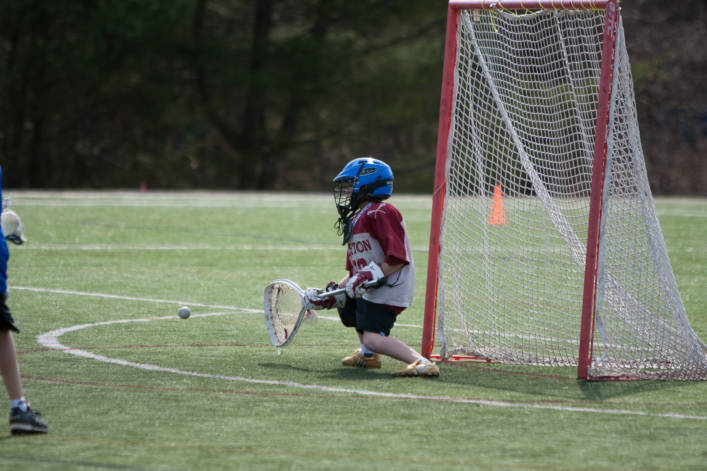
Goalies Splitting Games
With one particular youth team I was coaching we attempted to split time among the 2 goalies by splitting halves.
It simply didn’t work.
We found that at the level they played at it was very difficult to come in at the half and get into the flow of the game.
The defense suffered because the goalies had very different styles of play. The defense had trouble adjusting to the different goalkeeping and communication style.
One thing to consider is that a defense will get comfortable with one goalie throughout the game and it may disadvantage the team to change chemistry at halftime.
One pro of splitting games is that if you have two goalies at vastly different skill levels you can try to play matchups a little better.
Meaning if you’re playing a stronger team this week, start the better goalie. Then the following week when you play a weaker team, start the other goalie.
Another benefit of full games is that gives goalies time to adjust in game. We’ve all had that game where we got off to an extremely slow start. But then once you make a save, you relax and the saves start flowing like the salmon of Capistrano.
Learning how to handle a bad start or a bad stretch of a game is an important skill as a goalie. Those splitting halves may get less of those opportunities.
If you’re seeing beach balls that day, you also get to continue at halftime. On the other hand, if you are playing really poorly, a goalie switch at halftime might be a good thing.
If the goalies also double as attackman, middies, or defensemen, the splitting of games might work in their favor as they can play in the field during their non-goalie games.
You could also do this in the splitting of halves setup but you risk tiring your goalie out.
As I mentioned above many youth and parents will hate having to travel to a game they know they won’t play in. So if you can’t work this player into the field during their non-goalie days, the split games approach is a con.
Ask the Goalies
If you’re stuck between splitting halves or splitting games to get both goalies playing time, I think you should always ask the goalies what they prefer.
Depending on the age of the goalies you may involve their parents in the conversation as well.
Whether you split halves or split games, you’re still getting equal amounts of playing time in the long run. So why not go with the method that makes the goalies the most comfortable.
You could think splitting halves is the better method but both goalies hate it and wish they could split games. Or vice versa.
If parents or goalies are onboard with the splitting of games approach it would help eliminate the frustration of traveling to a game they won’t play in.
They’ll play better if they’re comfortable and bought into the arrangement.
Conclusion
At the youth levels of lacrosse participation trumps winning, as it should. At that age, we want to develop strong lacrosse players and strong young men and women.
So you’ll often have the case where a youth team has 2 goalies who both need to get playing time.
In that situation, the question is – split halves or split games?
There are pro’s and con’s to each methodology so I don’t think there’s a blanket one size fits all answer here.
I typically find splitting games has more pro’s.
At the end of the day, I lean on whatever the goalies want. Most important thing is that they feel setup for success and whether that’s by splitting halves or splitting games, either is fine.
Until next time! Coach Damon
Anyone in a similar situation with multiple goalies on the team getting playing time? Do you split halves or split games?
## Photo credit








 14 Amazing Lacrosse Goalie DrillsAug. 1, 2024
14 Amazing Lacrosse Goalie DrillsAug. 1, 2024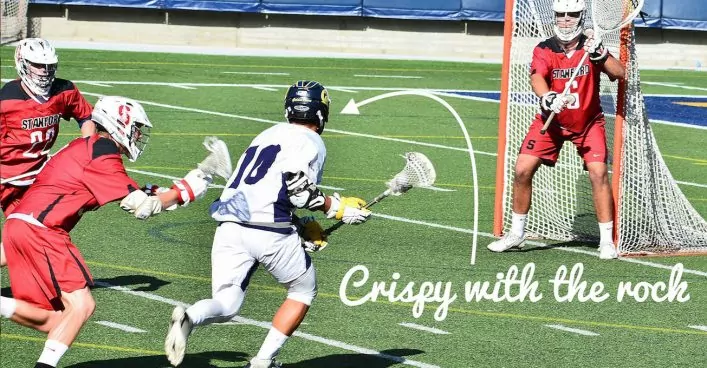 Quick Guide To Lacrosse Slang TermsApril 14, 2025
Quick Guide To Lacrosse Slang TermsApril 14, 2025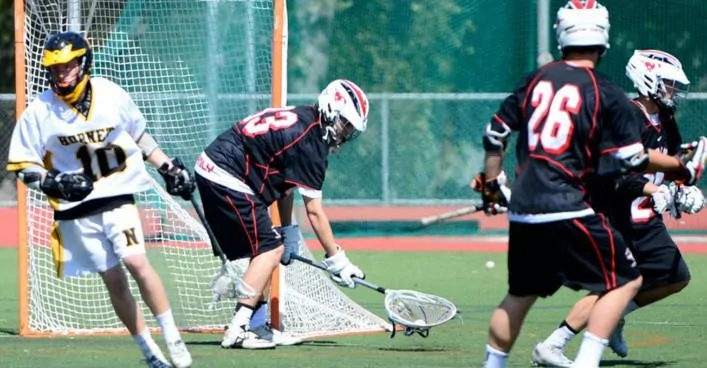 Lacrosse Goalies Rules To KnowJune 28, 2022
Lacrosse Goalies Rules To KnowJune 28, 2022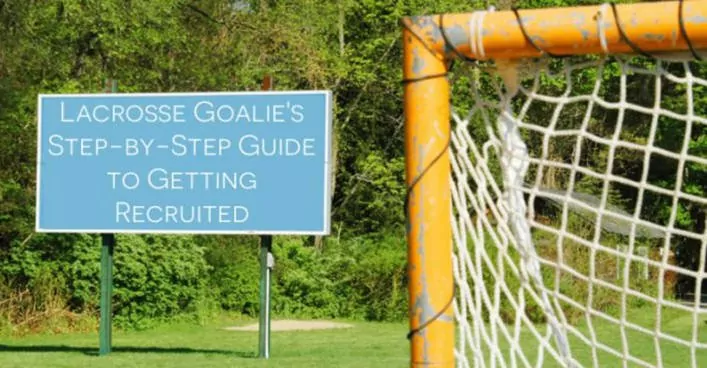 Lacrosse Goalie Step-by-Step Guide to Getting RecruitedFebruary 6, 2022
Lacrosse Goalie Step-by-Step Guide to Getting RecruitedFebruary 6, 2022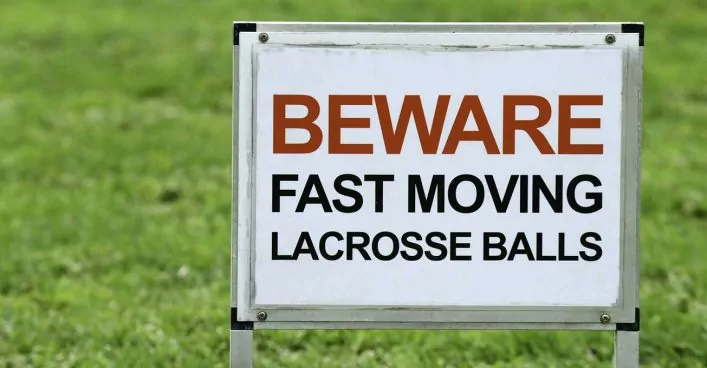 18 Lacrosse Goalie Drills to Improve Your GameApril 24, 2025
18 Lacrosse Goalie Drills to Improve Your GameApril 24, 2025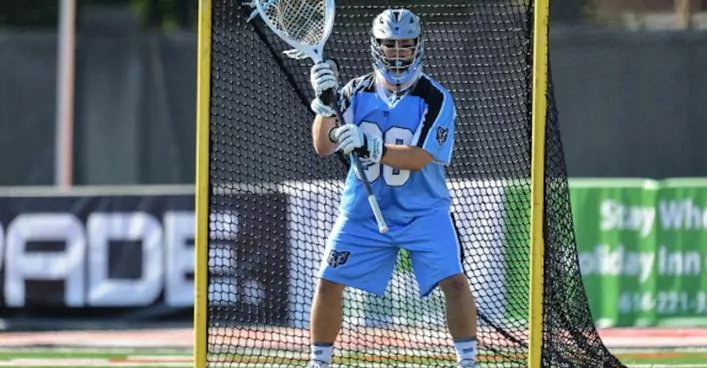 7 Elements of a Great Lacrosse Goalie StanceAug. 1, 2020
7 Elements of a Great Lacrosse Goalie StanceAug. 1, 2020 12 Lacrosse Goalie Tips To Take Your Game to the Next LevelSeptember 10, 2024
12 Lacrosse Goalie Tips To Take Your Game to the Next LevelSeptember 10, 2024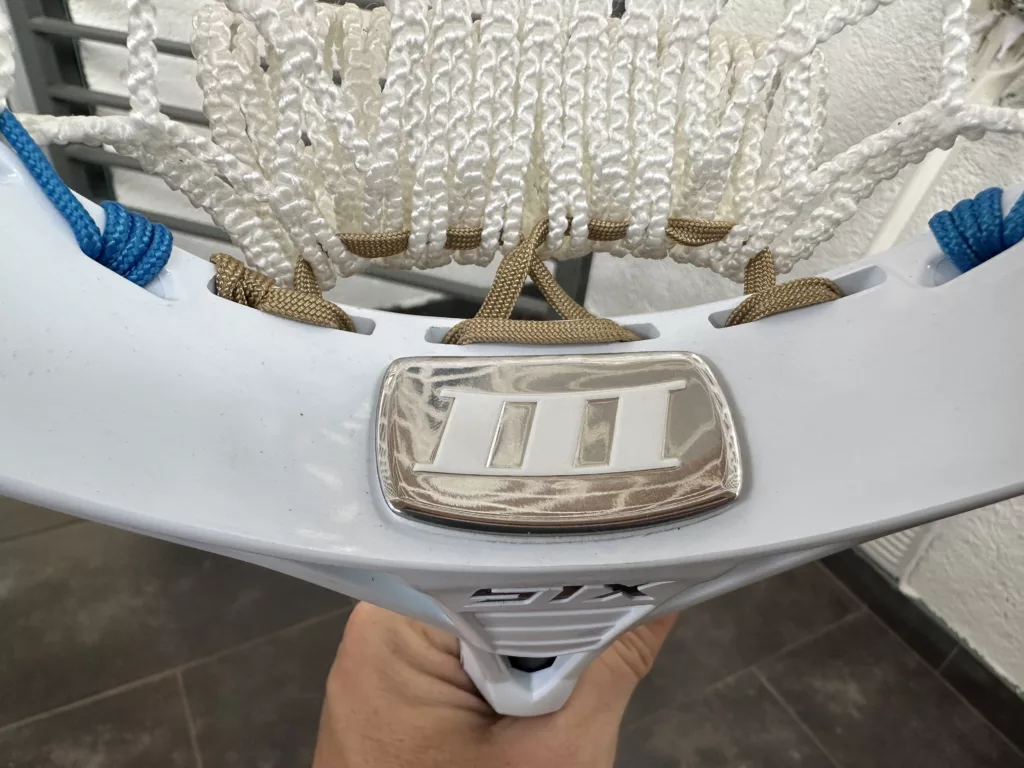 STX Eclipse 3 Goalie Head ReviewApril 24, 2025
STX Eclipse 3 Goalie Head ReviewApril 24, 2025 Lacrosse Goalie WorkoutAug. 12, 2019
Lacrosse Goalie WorkoutAug. 12, 2019 The Basics of Making a SaveJune 29, 2021
The Basics of Making a SaveJune 29, 2021

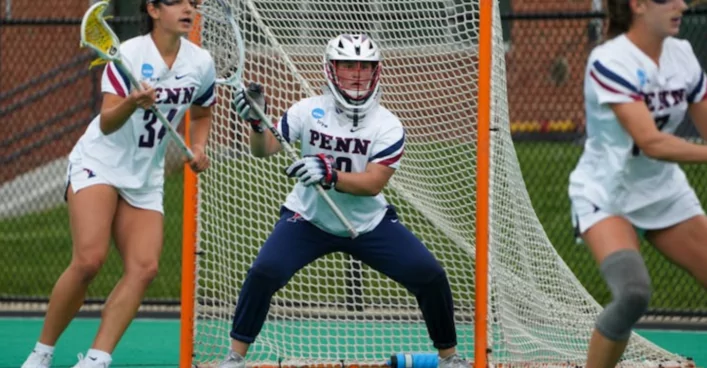

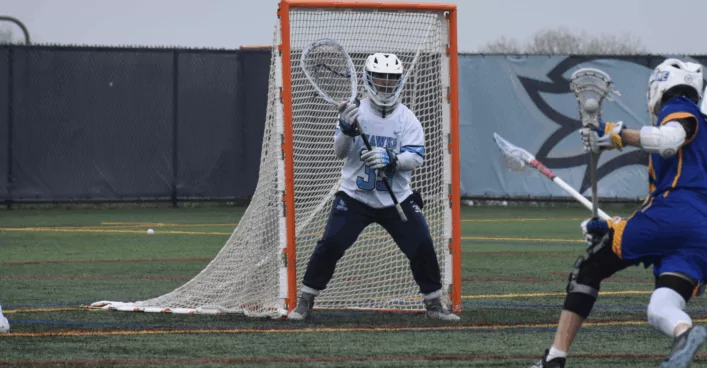
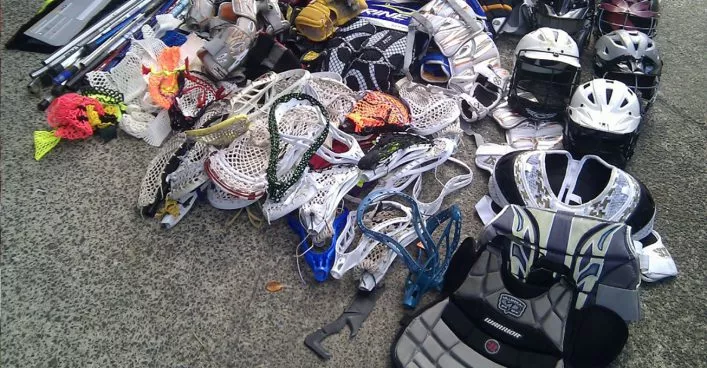

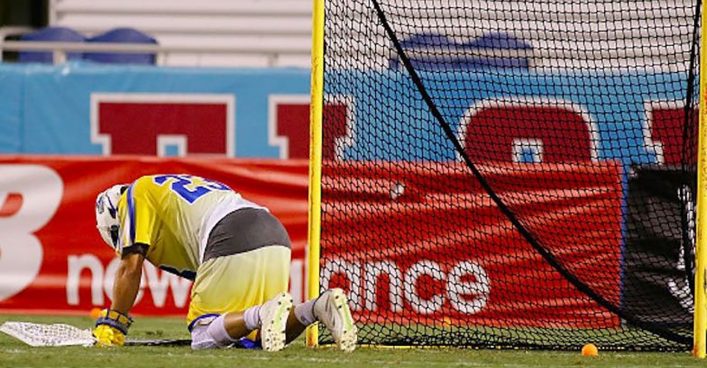
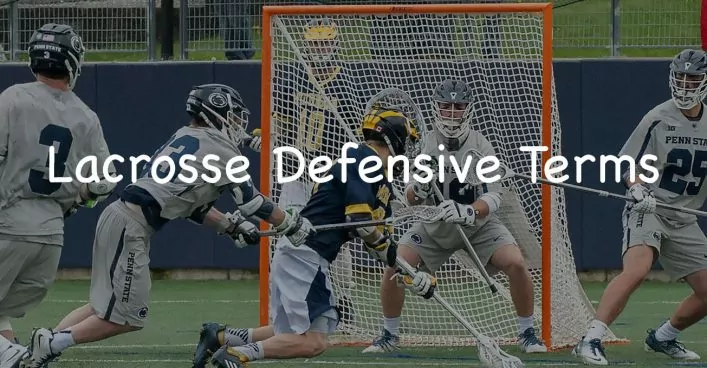
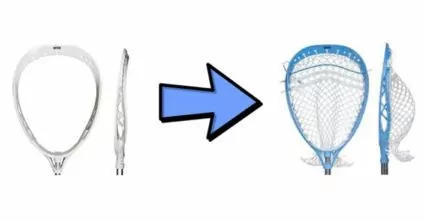
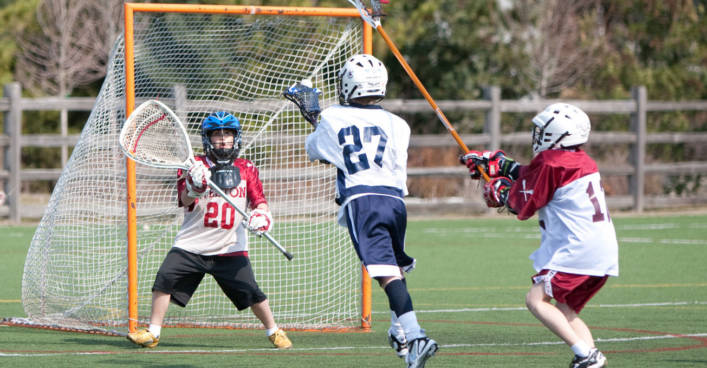





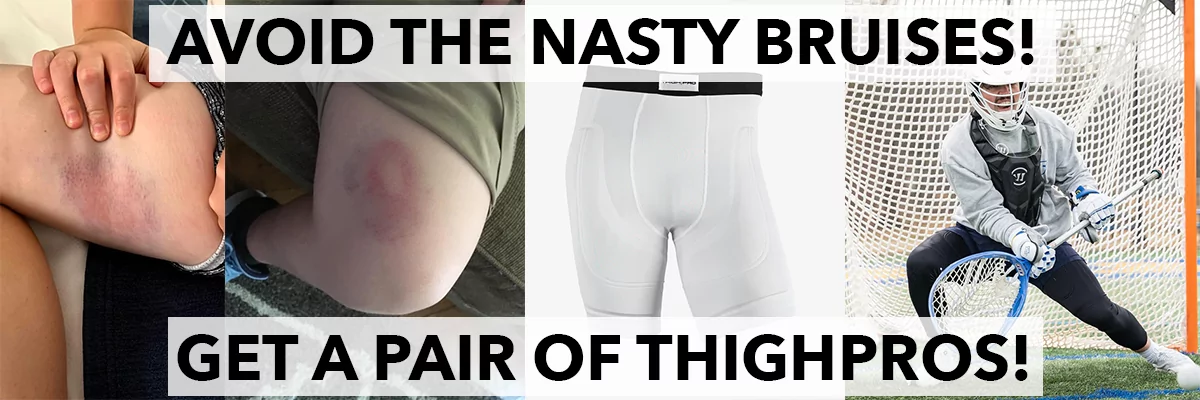

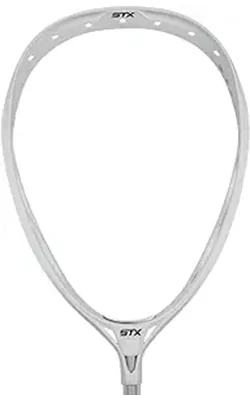










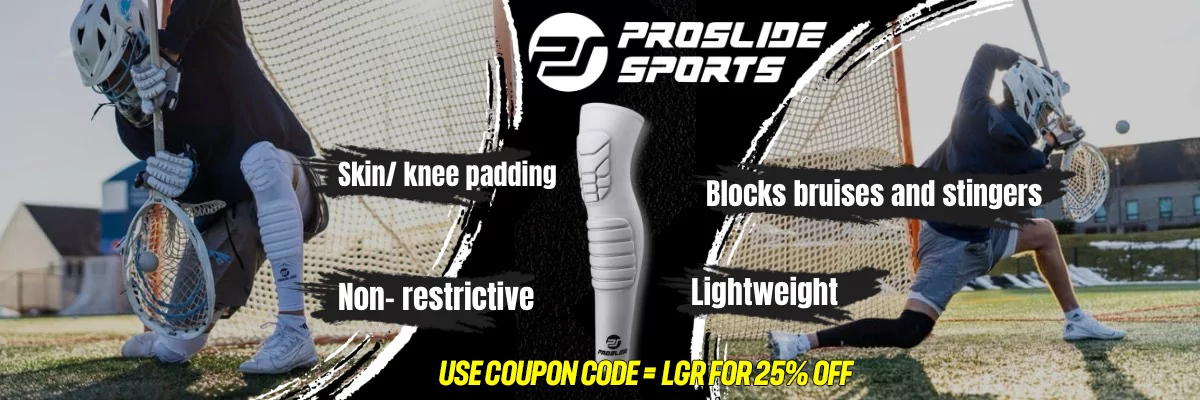





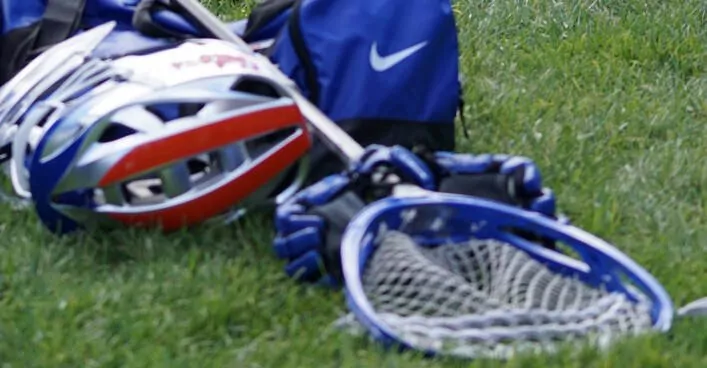
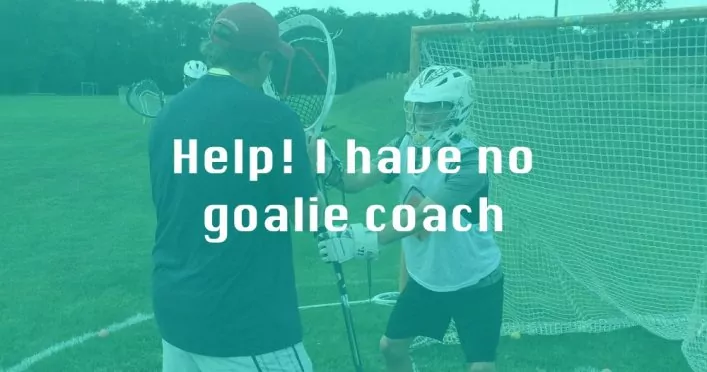
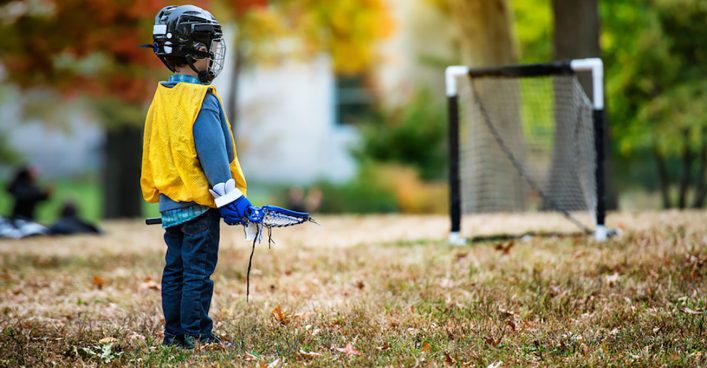
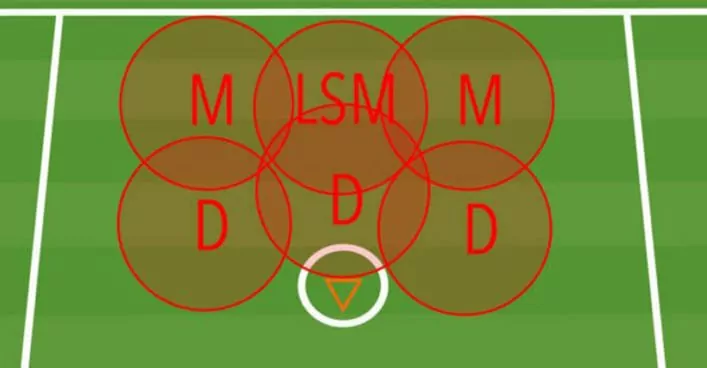

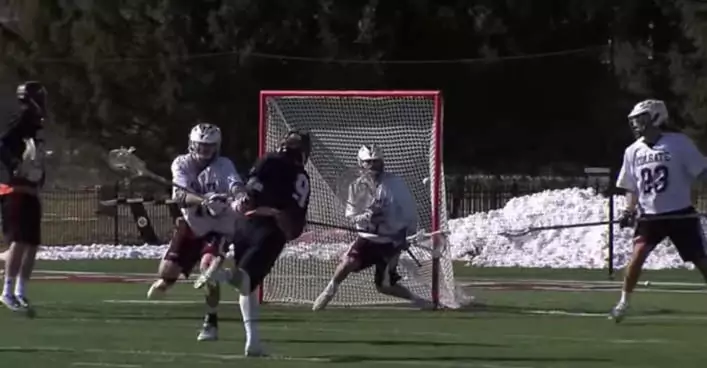









Damon,
I respectfully disagree with you on a couple of points. As the father of 3 youth athletes, one currently in high school and the other two in middle school, saying that: “At the youth levels of lacrosse participation trumps winning” may be a stretch. In the very competitive Baltimore metro area, winning often trumps everything at most levels, especially the youth. There are tons of books, podcasts, etc. that expound on this subject tremendously. Personally I believe player development should trump almost every other aspect of the game even through the JV level. That your team won the JV county championship won’t matter much on your resume. Recently, my 7th grade son made the highly competitive middle school basketball team. He is a very talented athlete, although small for his age. He played 1 year of Rec basketball previous to this year and wrestled for 2 years before that. However the coach saw in him the talent and hustle to put him on the team. This first game, he played maybe 30 seconds along with only a couple other “bench warmers”. The team still lost. What mixed messages do you send these kids when you tell them they are good enough to play on your team, yet not good enough to play on game day? This is one of the reasons why we are losing 75% of our young athletes before they reach the age of 13. I’m appreciative that I came from an era where I was able to not start playing lacrosse until my sophomore year in high school, yet still walk-on at a D1 school and contribute. Yes, maybe a different environment. But my desire and work ethic was able to peak at a time when my body was starting to change, which helped to fuel my drive. Today, some of these kids have already put in 10 years to a sport and have been soured on the politics of it before they really can reach their peak. Give it 10 more years and we’ll be needing agents to represent our kids as they sign their contracts with college programs!
My other slight disagreement is the splitting times idea. “Splitting quarters is dumb” is exactly what I’ve liked to do at times when playing in the old men leagues…. as a goalie. I think it actually helps keep you involved in the game mentally and doesn’t allow for too much down time on the sidelines. The pressure of either starting the game and then passing it off to someone else or the pressure of waiting and having to either save the day or screw it up is essentially gone… for the most part. At the youth level, this approach may be even more appropriate as it ensures both goalies are involved more often and not sitting around for too long. Ultimately, may be up to kids and what they are most comfortable doing. I’ve never seen the splitting games idea in practice, especially at the youth level. It might work at a tournament, but certainly you’ll have upset parents if it’s an individual game where they have to travel.
Just some thoughts and insight from a different perspective! Certainly not saying mine are correct.
Hey Jason! Thanks for adding those thoughts. Yeah, maybe I should have written – participation and player dev SHOULD trump winning at the winning at the youth level. Like you said, in many places, it doesn’t and that’s a shame. Regarding splitting quarters I just think it takes the goalies out of the flow too much, but that’s my opinion. Again, thanks for adding that comment.
Couple of points here: Multiple goalies on a team requires excellent communication and level of expectation set by the coaching staff. If you have more than 1 goalie your lucky and you should treat it as such but more often than not conches fail to communicate and it leaves 1 goalie left out and frustration sets in.
Switching goalies at the half is acceptable and should be the way it’s done to build the team. Exceptions could be the freshman goalie gets to go in when you are up/down by 10 etc. but again communication is key in that before the game the coaches communicate this.
We have been on both sides of it as our daughter was on a team where it was 50/50 every game and good communication to a new head coach who just lets the most senior goalie play and if you stand close to the coach you will get out in.
Hey Roger! 100% agree on the communication piece. Didn’t really touch on that in this post but coach/goalie proper communication could be a whole post in of itself.
For some teams/goalies switching halves isn’t the best approach but for others yes it works great.
I just had I idea for a blog for the spring. I thought it would be really interesting and cool if you would ever consider doing a post on the top 10 colleges goalies stances when the season rolls around. It would just be body position how they hold there stick how the play against different shots and etc.
Cool I’ll throw that on the list of upcoming post ideas. Thanks!
Hey coach, I recently purchased a new STX Eclipse 2 matched with the STX outlet. I haven’t taped it yet and I was wondering if you had any tips or suggestions on how to tape a goalie shaft.
Hey Jase! Check out this post – https://laxgoalierat.com/how-to-tape-your-lacrosse-goalie-stick/
“If you’re lucky enough to have multiple goalies on your youth team…”. Hah! This would be Mega Millions Powerball-winning luck in my area!
The youth organization that my son plays in mandates that goalies be rotated every half. Their reasoning is that a team with a trained, full-time goalie has such an advantage over a team with only draftee goalies that it’s unfair competition.
A common issue with splitting halves is that if the second-half goalie has been in as attack/midfield/defense for the first half, they’re likely going to be tired. The other team’s offense may also be tired, but so is your team’s defense. It’s a bit of a conundrum — do you play your stronger goalie with a fresh defense against a fresh offense? Or, play your weaker goalie with a fatigued defense against a fatigued offense?
I think the answer may lie within your team’s overall defense. If your team has a strong defense that can limit the number of shots on goal, consider playing the weaker goalie with a fresh defense during the first half. Play the stronger goalie during the second half and allow their skill to compensate for any fatigue. If your team’s defense isn’t particularly strong, consider playing the stronger goalie during the first half to try to prevent the other team from running up the score while their offense is fresh.
That’s the most bizarre rule I’ve heard – full time goalies are an unfair advantage!? haha 😀 Good tips on when to consider 1st v 2nd half, I appreciate you adding that and agree with your analysis there.